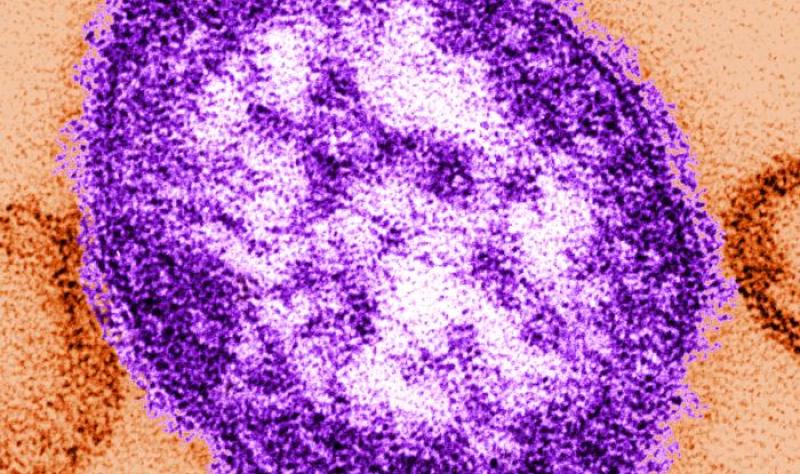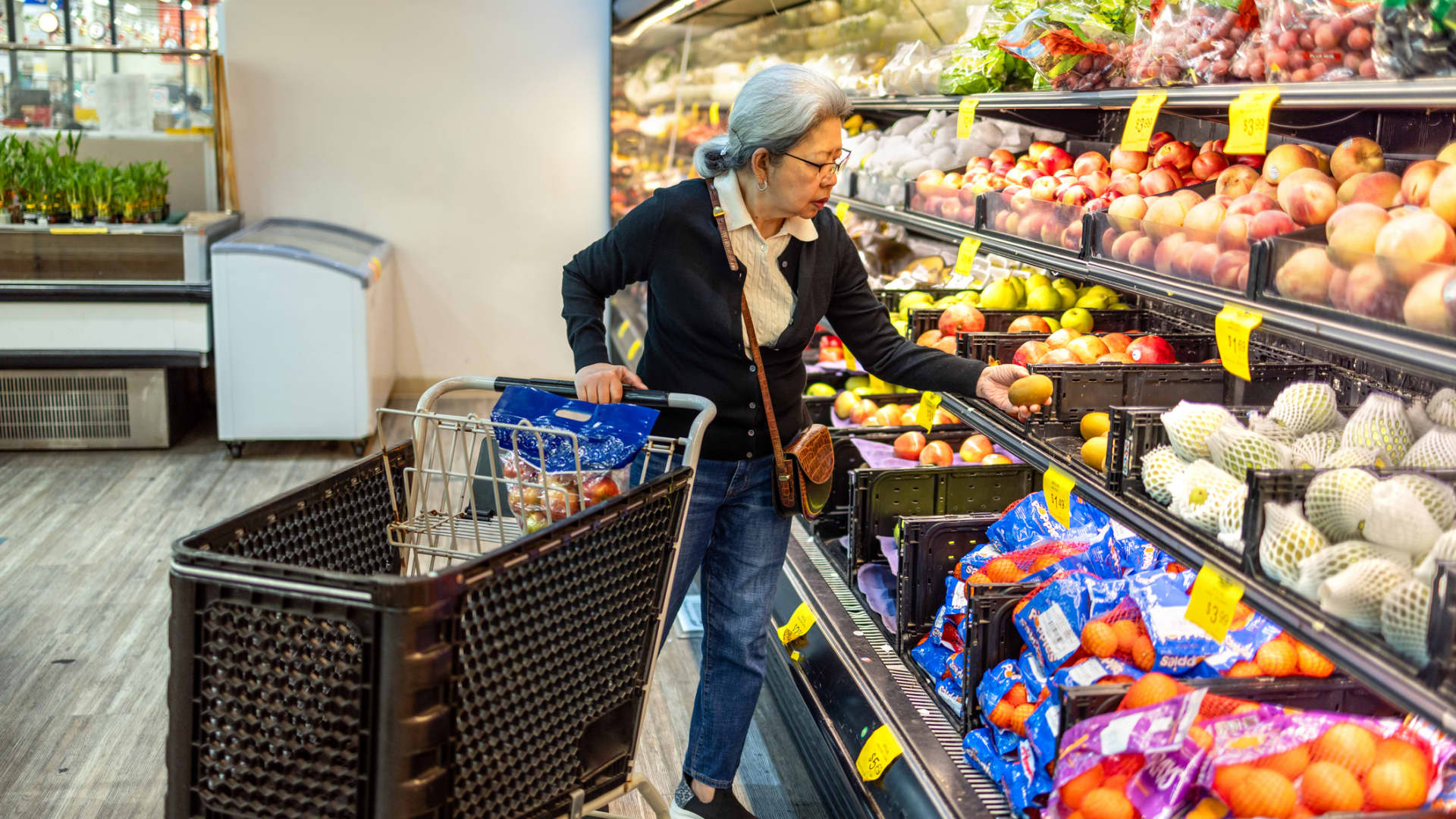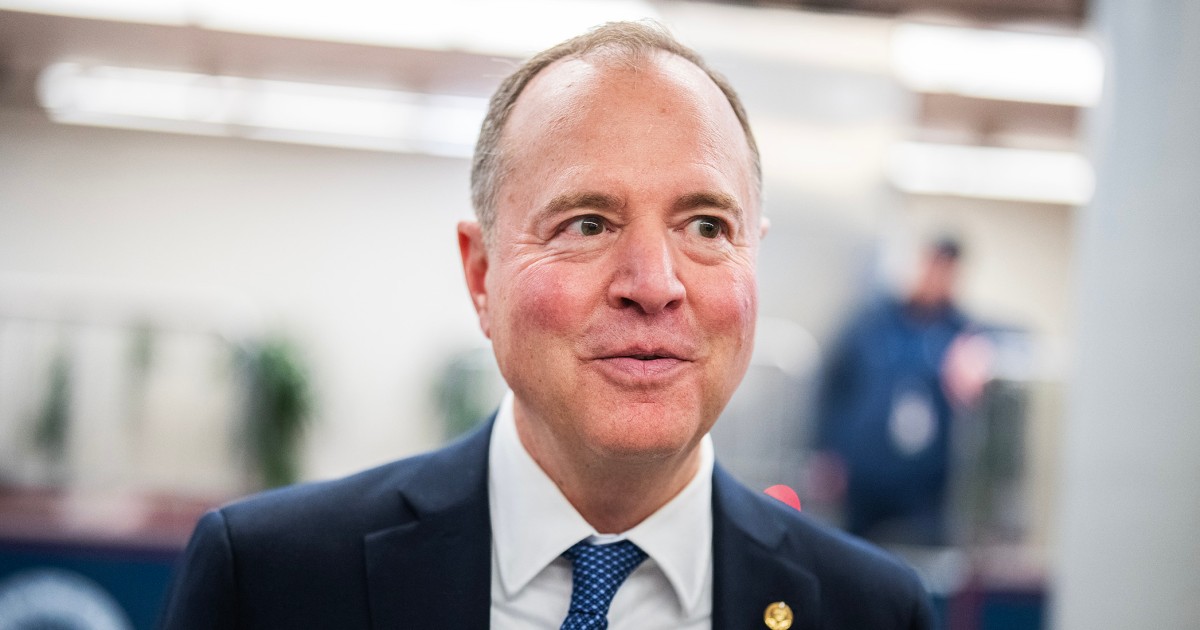Jasondoiy | E+ | Getty Images
Amid recession fears, a government shutdown and tariff uncertainty, consumers are increasingly diverging in their spending.
Wealthier Americans are engaging their purchasing power, while lower-income Americans are starting to pull back — commonly described as a “K-shaped” economy. Friday’s consumer price index report could shed more light on the pressures facing large swaths of the country.
The CPI report, which measures price changes across a range of goods and services, was delayed due to the government shutdown, originally scheduled to be released nine days prior. Though the report will not include any data related to the shutdown, it will offer a read on the state of inflation ahead of a Nov. 1 deadline for the Social Security Administration to calculate annual cost-of-living adjustments.
Lower- and middle-income consumers have been hit hardest by rising costs on daily essentials like groceries and gas. Meanwhile, wealthier investors have benefited from stock market rallies and rising home values. Recent data from JPMorgan’s Cost of Living Survey found that income bracket was a large factor in Americans’ varying views of the current state of the economy.
Here’s where bifurcation is beginning to take hold:
Food and beverage
Coca-Cola, often viewed as a bellwether for the financial health of consumer, has been seeing the divergence across its business.
Pricier products that are more exposed to high-income consumers, like Topo Chico sparkling water and Fairlife protein shakes, are fueling the company’s sales growth, CEO James Quincey told CNBC’s “Squawk on the Street” Tuesday.
At the same time, Coke is seeing higher demand at both dollar stores that cater to low-income consumers looking for deals and higher-end outlets that skew toward wealthier consumers, like fast-casual restaurants and amusement parks.
McDonald’s CEO Chris Kempczinski told CNBC’s “Squawk Box” in early September that the burger chain’s expansion of its value menu was in response to a divided consumer landscape, or what he called a “two-tier economy.”
While Kempczinski said the company is seeing upper-income consumers performing well, its lower- and middle-income diners are “a different story.”
“Traffic for lower-income consumers is down double digits, and it’s because people are either choosing to skip a meal… or they’re choosing to just eat at home,” he said last month.
A similar dynamic is playing out at Chipotle, according to Chief Financial Officer Adam Rymer.
“There are certain cohorts of the consumer, definitely on the lower-income side, that are feeling pressure right now. That’s something that we’ll have to take into consideration when looking at price going forward,” Rymer told Reuters in July.
Autos and airfare
Last month, the average price for a new vehicle surpassed $50,000 for the first time ever, according to Cox Automotive’s Kelley Blue Book.
The record pricing comes as auto loan defaults and repossessions are on the rise, particularly for those with FICO scores below 620.
“Today’s auto market is being driven by wealthier households who have access to capital, good loan rates and are propping up the higher end of the market,” said Cox Automotive executive analyst Erin Keating in a statement last week.
And though airlines have been piloting premium offerings for years, the higher-cost tickets have gained momentum in recent months.
Delta Air Lines said earlier this month that revenue from its premium offerings is expected to surpass the coach cabin next year, with CEO Ed Bastian saying he’s not seeing any signs of slowdown in the roomier, more expensive seats.
Hospitality
Still, though there are signs of a “K-shaped” economy, some argue it’s not here to stay.
Hilton CEO Christopher Nassetta told CNBC last month that he’s seeing a bifurcation, but he doesn’t expect that pattern to last much longer, partly because he sees inflation and interest rates decreasing.
“My own belief is that as we look into the fourth quarter and particularly into next year, we’re going to see a very big shift in those dynamics, meaning, I don’t think you’re going to continue to have this bifurcation,” Nassetta said. “That’s not to say I think the high end is going to get worse or bad, I just think the middle and the low end is going to move up.”
On Wednesday, the hotel chain reported a drop in revenue for affordable brands like Hampton by Hilton and Homewood Suites by Hilton.
Meanwhile, Nassetta told investors on an earnings call that revenue from luxury offerings performed exceedingly well and remains a focus for Hilton moving forward.
— CNBC’s Amelia Lucas, Michael Wayland, Alex Harring, Luke Fountain and Leslie Josephs contributed to this report.
First Appeared on
Source link













